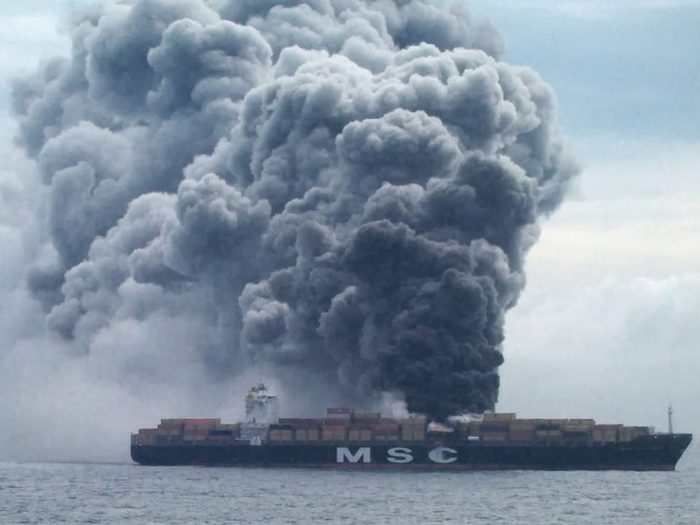Marine
IUMI: Major Vessel Loss Trends

Marine insurers are under pressure from the simultaneous trends of rising claims in energy and a declining premium base. They are also vexed by increased cargo-accumulation risk both on-board vessels and in port.
Those were the main messages from the annual spring meeting of the International Union of Marine Insurance (IUMI) held earlier this month in Hamburg. Speakers and statistics indicate those trends will continue to challenge marine underwriters for the foreseeable future.
Broadly, the frequency of major vessel casualties rose again in 2016 for the second consecutive year. They had enjoyed a year-on-year decline until 2015 when they recorded a sharp upturn which was continued in 2016.
Conversely, the trend in total vessel losses from 2000 onward continued its downward trajectory through to 2016 notwithstanding a minor uptick in 2015.
In general, many markets reported a reduction in frequency of claims but an increase in the average cost of the claim.
In energy, there was a significant drop in offshore activity with very little infrastructure spending. Concerns were raised over re-activation of rigs after a prolonged period of lay-up and the potential impact on attritional claims activity. However, the current spate of rig scrapping should improve the general age profile of the mobile fleet.
In general, many markets reported a reduction in frequency of claims but an increase in the average cost of the claim.
In cargo, the new generation of ultra-large container ships is now capable of carrying 20,000 TEU (twenty-foot equivalent units, the standard measure of container capacity). While there are some 20-foot containers in service, the vast majority are the 40-foot units roughly equivalent to a single truck trailer.
Although cargo value varies widely from consumer disposables to antique cars, IUMI estimates that the 20,000 TEU capacity puts a potential cargo value for a single ship at close to $1 billion.
That represented a significant risk for cargo underwriters that continued to increase. Put in context, MSC Flaminia, which suffered a fire in 2012, carried about 3,000 containers (6,000 TEU) at an estimated cargo value of $115 million.
Accumulation risk in ports, particularly Chinese ports, was thought to be even greater. It was estimated that the value of cargo throughput at Shanghai could reach $1.6 billion a day; Shenzhen $681 million; and Tianjin $477 million.
The explosion at Tianjin in 2015 also resulted in a significant loss but might have been much worse. The total cargo estimated to be on board the 754 ships in the port on the day of the incident would have amounted to more than $53 billion.
“It is not surprising that these trends of decreasing frequency but greater claims are continuing,” said Lars Lange, secretary general of IUMI.
“We have had several years of limited shipyard capacity while a lot of new building took place. So there was a real fight for capacity. That may have led to a situation where repairs had to be done at yards farther away [or postponed].
There were also high steel prices, and that has had an effect on repair costs. Neither of those is the case anymore. Quite the opposite, now yards have too much capacity. But that change will take time to work through the fleets.”
“No one has a crystal ball, but conditions in the industry seem to be stable. Fleets overall are aging slightly. There is a reduction in container ships as a result of overcapacity, so older vessels are being scrapped.” – Lars Lange, secretary general, IUMI
Lange added that “as insurers, we are experienced in dealing with risks.” In contrast, he said, the shippers and the companies operating the vessels are having to balance their ability to manage risks against their willingness or ability to transfer risk.
Beyond making quotes and writing policies, Lange said, “we add value to our clients when we can make recommendations.”
While Lange is not surprised that the trends are continuing, his sense is that they may start to moderate.
“No one has a crystal ball, but conditions in the industry seem to be stable. Fleets overall are aging slightly. There is a reduction in container ships as a result of overcapacity, so older vessels are being scrapped,” he said.
In other segments there is less overcapacity, so fleets are stable to slightly aging.
Overcapacity is actually a bigger challenge for underwriters than for ship lines, according to Lange.
“Ideally premiums would rise when business is stronger for the ship lines, but in practice that is not the case — generally because of the highly competitive nature of the market.
“It is always a challenge for insurers to increase premiums. We don’t see premiums rising now as was the case 10 or 15 years ago.”










